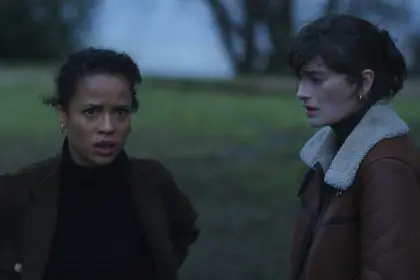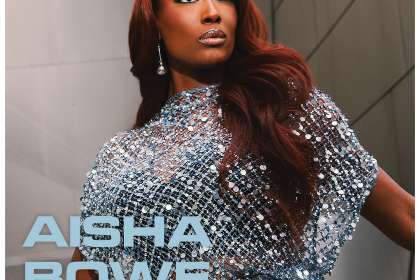
“We are winning a piece of history in terms of cinematic traditions. We are witnessing history because not only have we experienced the work of a really wonderful director, but genre wise, it’s a large costume piece.” –Ayoka Chenzira
A Visual Testament Is Reborn in Cinema
”Life imitates art far more than art imitates life,” opined noted Irish scholar Oscar Wilde in the 1889 essay “The Decay of Lying.” Having experienced the film Belle, emotionally and visually, this writer has found the exception.
British filmmaker Amma Asante created a beautiful piece of cinema, which was inspired by a double portrait of Lady Elizabeth Murray and Dido Elizabeth Belle Murray, by Johann Zoffany, which hangs in the Ambassador’s Room at Scone Palace in Perth, Scotland.
The central character, Dido, was the mixed-race daughter of the Royal Navy’s Rear Admiral Sir John Lindsay, a nephew of the First Earl of Mansfield, and an enslaved African woman, Maria Belle. She, and her cousin, Elizabeth, were reared as sisters by Lord Mansfield and his wife in the family home at Kenwood House in Hampstead, a village in England where she was afforded all the privileges of her aristocratic lineage.
The painting speaks volumes. It depicts the first woman of color who was reared as an aristocrat, not a slave. Both women are graceful, confident and adorned in silks and pearls. Being biracial, Dido’s position in high society was questionable, but at home, she was family. To be showcased alongside Lady Elizabeth, not beneath, was a masterful commission and a true expression of their love.
















